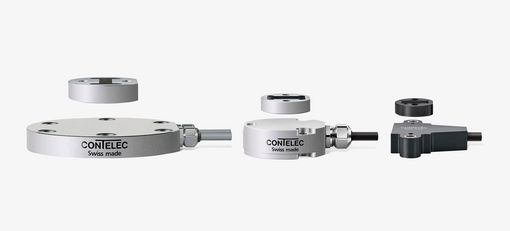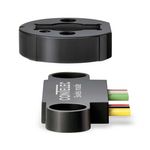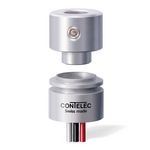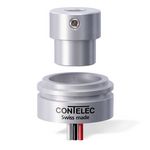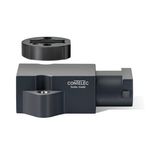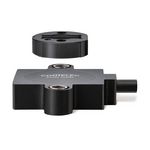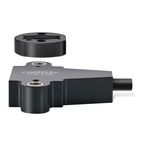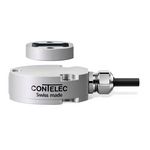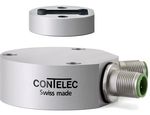Non-contacting rotary sensors
A new degree of freedom
Axis misalignment, excess torque or transmissive measurement requirements – connecting a rotary encoder to the rotating element is often problematic.
Contelec’s non-contacting rotary sensors can help here. The axis and measuring system are completely separate from one another.
Wear-free rotary sensors
Non-contacting – separation of axis and measuring system
Contactless sensors are not totally immune to signs of mechanical wear. The rotating shaft is mounted in the sensor housing and undergoes a certain degree of mechanical wear – particularly when faced with radial runout or axial forces.
Contelec’s non-contacting or bearing-free rotary encoders can remedy this. The permanent magnet is generally attached by the customer to the rotating object (shaft), and the axis and measuring system are completely separate from one another. As a result, there are no axial or radial forces that could cause wear.
Contelec’s non-contacting rotary sensors are not only durable, but also robust in the face of external influences, delivering high accuracy and resolution.
Installation tolerance and axis misalignment
Depending on the version, the non-contacting rotary encoders are tolerant to axis misalignment of several millimeters.
The operating distance between magnet and measuring system and the permitted installation tolerance can be optimized by selecting a suitable magnet. Depending on the size of the magnet, different axis misalignments are possible while maintaining consistent linearity.
Wear-free IC-M technology
Inductive angle and linear position measurement using IC-M technology operates on a non-contacting basis
It is suitable for linear sensors for position measurement from 15 millimeters to currently around 150 millimeters. In angle measurement, either the entire 360° can be measured or just a segment of the circle. In the latter case, accuracy is increased as the total resolution extends over a smaller angle range.
Inductive angle measurement is also suitable for applications that require a hollow shaft and, as in linear position measurement, allows sensors with vastly increased dimensions. The metal element is typically flatter than the magnetic actuator used with magnetic measuring methods, enabling more compact sensors. Very flat inductive sensor designs can also be realized.
